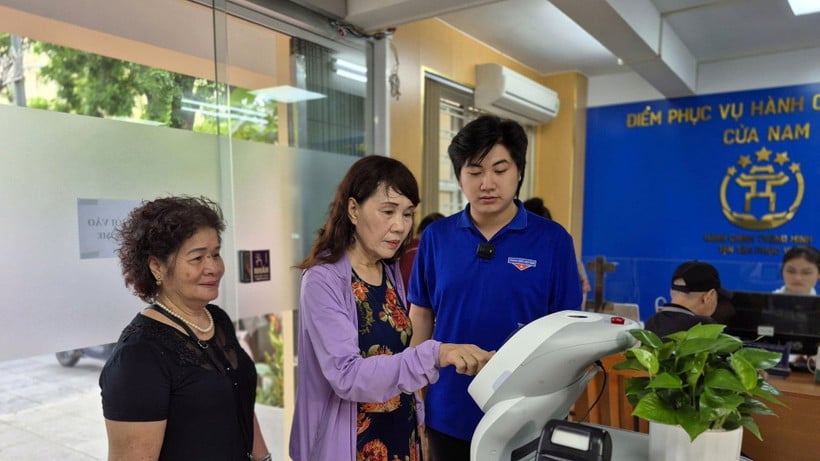 |
People experience AI Robots supporting administrative procedures in Cua Nam ward, Hanoi city. (Photo by NGUYEN THANG) |
As an institution organizing the space for managing state power, the system of territorial administrative units has a direct impact on the effectiveness and efficiency of national governance, the ability to mobilize and allocate resources, as well as the level of meeting the needs of socio -economic development in each region.
The process of modernizing state administration in Vietnam is taking place in the context of profound changes in the global environment: rapid urbanization, comprehensive digital transformation and increasingly deep international integration. These changes not only pose challenges but also open up opportunities to reorganize the system of territorial administrative units in a flexible, effective and future-proof manner.
Optimizing territorial administrative units
The 11th Conference of the 13th Party Central Committee on April 12, 2025 decided on a plan to arrange and merge provinces and cities nationwide. 52 provinces and cities were arranged to form 23 provinces. From 63 provinces and cities, the whole country has 34 provinces and cities, including 28 provinces and 6 centrally run cities; reducing 29 provincial-level administrative units.
Resolution 60-NQ/TW, adopted at the Conference, is a breakthrough in deciding to terminate the operation of the district level and reorganize the local government system according to a two-level model including the provincial and communal levels (including communes, wards, and special zones) from July 1, 2025, while simultaneously merging provinces and reducing the number of communes nationwide by 60-70%.
To ensure stability in implementation, the Resolution also sets out a roadmap for restructuring the apparatus, streamlining the payroll, and reviewing the regime and policies for cadres, civil servants, and public employees at the district and commune levels. At the same time, party organizations at the district level will be reorganized, corresponding to the new government model, and party organizations will be established only at the provincial and commune levels.
Initial results show that the reorganization has contributed to reducing the number of focal points, reducing budget costs, improving operational efficiency and concentrating resources for development. At the same time, this is an important preparatory step for the process of operating a modern two-level local government model. Not only stopping at "reducing the number", the reorganization of administrative units also aims at "comprehensive restructuring of administrative space", closely linked with the process of decentralization, digital transformation and building a smart government. This is an important premise to move to the next stage of modernizing national governance.
Not only stopping at “reducing the number”, the process of rearranging administrative units also aims at “comprehensive restructuring of administrative space”, closely linked with the process of decentralization, digital transformation and building a smart government. This is an important premise to move to the next stage of modernizing national governance. |
Building strong institutional capacity in the digital age
In modern state governance theories, especially the New Public Management and polycentric governance approaches, the modern territorial administrative organization model needs to be designed to ensure leanness, efficiency and flexibility. To do so, optimizing the administrative unit system needs to be identified as a fundamental and long-term requirement.
Implementing the two-tier local government model is a breakthrough in administrative reform, aiming at streamlining and efficiency in state administration. The two-tier government model not only contributes to reducing administrative burdens for civil servants but also facilitates digital transformation, when information technology solutions are effectively applied in management and provision of public services. Simplifying the administrative structure helps save financial resources, human resources and time, while promoting the modernization of administration with the goal of transparency, flexibility and serving socio-economic development.
Simplifying the administrative structure helps save financial resources, human resources and time, while promoting the modernization of governance with the goal of transparency, flexibility and serving socio-economic development. |
After switching to the two-tier model, administrative units can be autonomous in planning, organizing and managing local policies, thereby creating a realistic legal and administrative environment, suitable for development requirements in the context of increasingly strong international integration and digital transformation. This is the core foundation for building a modern administration, capable of adapting to the changes of the new era.
One of the important requirements for optimizing administrative units today is to shift from organizing the territory based on geography-population-area to organizing according to development space. Development space here is understood as a synthesis of factors: infrastructure connection, population density, economic capacity, culture-society, and regional coordination ability. Reorganizing administrative units according to development space instead of sticking to traditional geographical boundaries will open up a new approach in state administration, in line with the requirements of modernization and sustainable development.
First of all, this approach allows for a more equitable and reasonable reallocation of resources, overcoming the situation where many administrative units have low population size and economic capacity but still maintain cumbersome administrative apparatus, causing budget waste and reducing administrative efficiency. At the same time, reorganization according to development space will also create conditions to promote regional linkages and multi-centered governance, contributing to the formation and development of new growth poles, especially in midland, mountainous and coastal areas - places with potential but lacking overall coordination in infrastructure, economy and resources.
More importantly, this model is consistent with the development orientation of smart cities and digital economy, where data and network connectivity play a decisive role, surpassing traditional administrative geographical limits. That is also the optimization of territorial administrative units within the larger goal of modernizing state administration.
The requirement to optimize territorial administrative units in the current period is not only a requirement for administrative technical reform but also a core content in the national institutional modernization strategy. Only when reorganizing the administrative space in a scientific , practical and development-oriented manner, can Vietnam's administration meet the requirements of the digital age and deep integration.
Solutions to improve reform efficiency
The process of optimizing the system of territorial administrative units in the period of state governance modernization requires a close combination of institutional reform, innovation in spatial organization thinking, application of technology and improvement of enforcement capacity. One of the important foundations for effectively implementing the reorganization of the system of territorial administrative units is to build a synchronous and transparent legal framework that has a guiding nature for local authorities at all levels.
For example, it is necessary to soon promulgate the Law on Organization of Local Government (amended) to institutionalize new government models; develop a spatial planning for administrative-economic development of the region, as a scientific and legal basis for rearranging administrative boundaries... Along with rearranging administrative units, it is necessary to boldly apply flexible administrative organization models, suitable to the development characteristics and actual conditions of each region to improve the effectiveness of governance and service to the people.
In large cities, it is necessary to implement a multi-center administrative model organized into highly connected administrative-residential service clusters, sharing infrastructure and coordinated by a modern urban management center. For urbanizing areas, it is necessary to plan and develop satellite urban areas in the direction of being coordinated by a regional operating center, thereby ensuring connectivity in infrastructure, public services and synchronous development planning. This is especially important to avoid spontaneous, fragmented development and resource dispersion during urban expansion.
Meanwhile, in rural and mountainous areas, it is necessary to strengthen administrative links between bordering communes, share facilities, human resources and basic public service systems such as health, education, and public administration, thereby overcoming the shortage of resources and organizational dispersion. This flexible administrative model, adapting to the development space, is the premise for building a government system close to the people, economical and effective.
The process of reorganizing territorial administrative units requires a system of synchronous solutions, in which institutional reform is a prerequisite, planning is the foundation, technology is the tool, and social consensus is the key to success. |
During the merger process, special attention should be paid to the social consensus factor. Changing administrative boundaries can cause psychological disturbances, changes in the interests and habits of people and officials, so it is necessary to conduct extensive consultation, transparent communication, and have support policies on organization, personnel, and public services after the merger. A breakthrough direction is to build new models to coordinate localities that have similarities or close connections in socio-economic space.
In the immediate future, the piloting of the inter-provincial administrative-economic linkage model is a necessary direction to solve problems beyond the management capacity of each individual locality, especially in the context of regional linkage and economic space development becoming an inevitable trend. The above-mentioned model is organized in conjunction with a regional coordination system with stable legal status, operating as an intermediary entity between the Central and local levels, to manage strategic inter-regional issues.
This system must undertake important functions such as: coordinating spatial planning and public investment, avoiding duplication or unhealthy competition between localities; promoting digital transformation and regional data interconnection, building a smart governance platform to serve unified operations; implementing inter-provincial infrastructure projects, from regional transport connectivity, electricity and renewable energy to satellite urban development; at the same time, playing a key role in disaster risk management and climate change adaptation, especially in vulnerable areas.
A strategic solution, and at the same time an important lever for optimizing administrative units, is to apply digital technology to territorial management and administrative planning. It is necessary to digitize the entire administrative map, integrating it with data layers on population, land, infrastructure, environment, etc. to serve the analysis and decision-making when adjusting boundaries.
At the same time, it is necessary to build an electronic government information system and digital government at the regional-provincial-district levels, connecting administrative data horizontally and vertically. This not only helps shorten the time for processing administrative procedures, but also creates conditions for managing localities based on real data, instead of hard boundaries. In addition, it is possible to pilot "virtual government" platforms or digital regional command centers (Digital Regional Command Center) - where provinces and districts use a common electronic management system, sharing information on residents, businesses, land and investment.
Optimizing the system of territorial administrative units is not only a technical content in state apparatus reform, but also a strategic step in the process of modernizing national governance to improve the executive capacity of governments at all levels, allocate resources fairly, and at the same time promote regional connectivity and comprehensive and sustainable socio-economic development.
However, the process of reorganizing the territorial administrative units requires a system of synchronous solutions, in which institutional reform is the prerequisite, planning is the foundation, technology is the tool, and social consensus is the key to success. Deploying these solutions in a drastic, systematic, and flexible manner will help Vietnam build a modern, effective, and highly adaptive administrative system in the 21st century.
Source: https://huengaynay.vn/chinh-tri-xa-hoi/sap-xep-lai-don-vi-hanh-chinh-lanh-tho-kien-tao-hieu-luc-quan-tri-nha-nuoc-155546.html








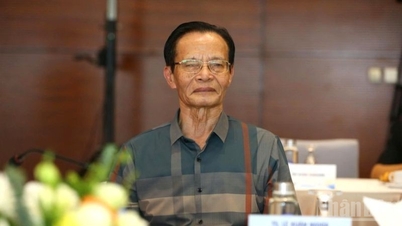
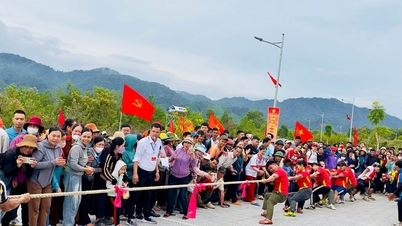




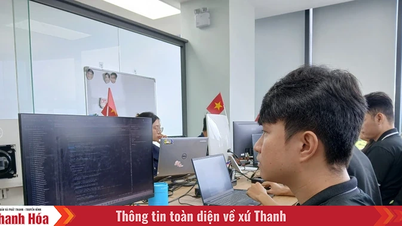
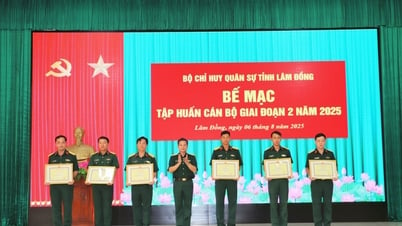









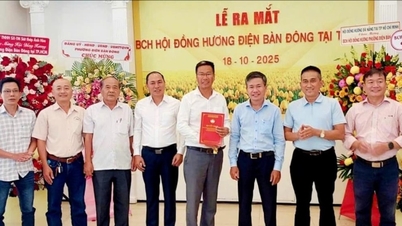









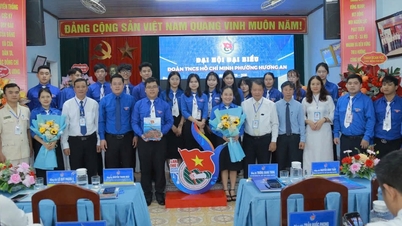







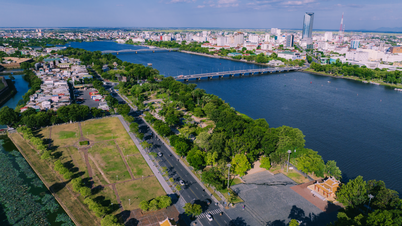




















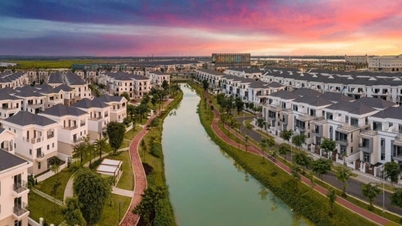
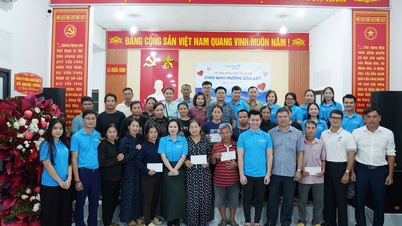






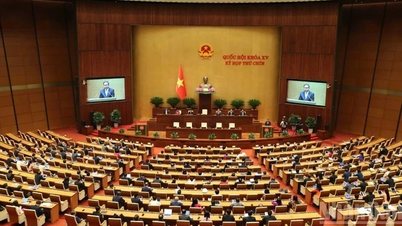

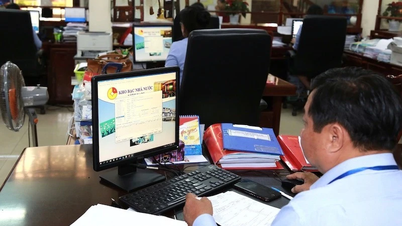
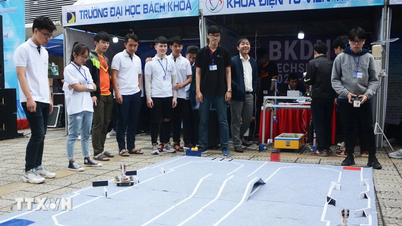

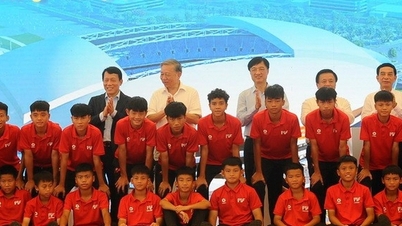






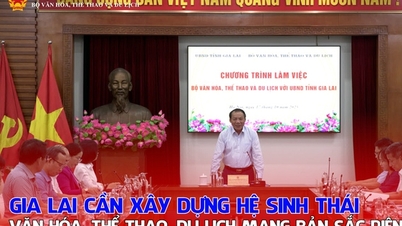












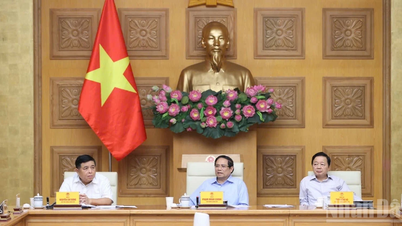



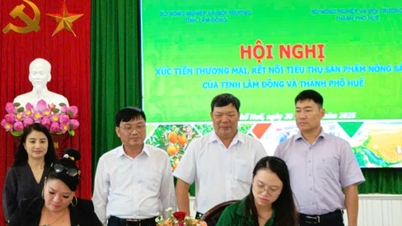





Comment (0)